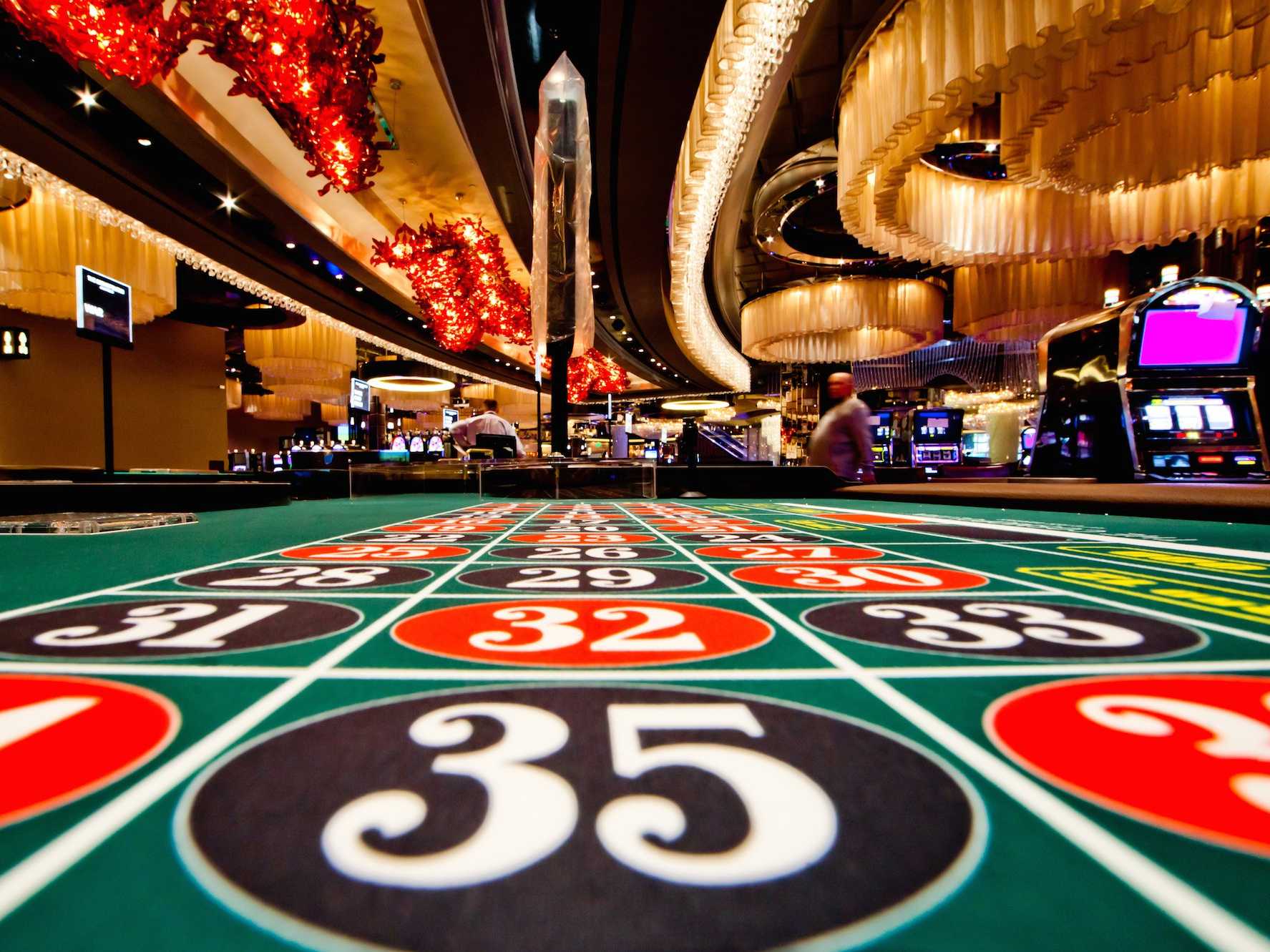
In the lively and exciting world of gaming establishments, where luck and tactics intertwine, hues and aesthetic play a key role in attracting players. As soon as visitors step into a casino or access a gaming platform, they are enveloped in a sightly feast that captures their attention and entices them to discover further. Bright colors, captivating graphics, and creative layouts are carefully crafted to create an atmosphere of excitement and expectation, ultimately improving the gaming experience.
As players move through the dynamic landscape of casino games, they come across a range of designs that not only serve aesthetic purposes but also affect emotions and choices. Hues like scarlet and yellow symbolize riches and fortune, while calm navy and emeralds can create a much tranquil environment. Grasping how these elements function together enables casinos to create an inviting and energizing atmosphere that encourages players to engage with the games, spend more time at the tables, and increase their general enjoyment.
The Psychology of Tint in Gambling Games
Color plays a critical role in the design of casino games, influencing players’ feelings and behaviors. Vivid and striking shades, such as crimson and amber, are often used to stimulate thrill and attract focus. These hues create a feeling immediacy and vitality, encouraging participants to involve themselves more eagerly with the activity. By intentionally selecting hues, creators aim to elicit feelings of pleasure and excitement, which can enhance the overall gaming experience.
Various hues also have psychological connotations that can affect how participants perceive their possibilities of winning. For instance, emerald is frequently associated with luck and abundance, making it a frequent choice in activities like roulette and poker setups. This link can result participants to feel more positive and confident in their gameplay, ultimately motivating them to wager more. Comprehending these links allows game creators to create environments that enhance player enjoyment and retention.
Moreover, the interface of gambling game interfaces often uses color gradients and contrasting shades to direct player actions. For example, winning combinations may be emphasized with vivid, differing shades, creating a visual cue. https://32win.global/ This method strengthens positive outcomes and supports repeated participation. By leveraging the science of color, gaming venues can develop games that not only captivate participants but also keep them engaged and committed in their game experience.
Design Features that Engage Players
The aesthetic appeal of casino games is largely influenced by the use of bold colors. Bright and contrasting colors are deliberately chosen to create an inviting atmosphere that captures attention. For example, crimson and golds often signify good fortune and prosperity, which is why they are prevalent in the palettes of gaming machines and game surfaces. These colors not only draw players in, but they also evoke emotions associated with excitement and anticipation, enhancing the overall gaming experience.
In addition to color, the aesthetic and layout of casino games play a crucial role in player attraction. Games are designed to be intuitive, ensuring that players can easily understand the guidelines and gameplay. Accessible interfaces, along with captivating graphics and motion, help maintain gamer interest and encourage extended play sessions. The tactile elements, such as the texture of the buttons and the audio of the games, also add to a holistic sensory experience that keeps players engaged.
Finally, conceptual elements in gaming design can significantly influence gaming decisions. Many casino games are inspired by media, myths, or adventure themes, featuring symbols and characters that connect with players. These themes create a sense of engagement and connection, making each game feel distinct. When players feel a connection to the concept, they are more likely to choose that game over others, leading to increased participation and enthusiasm within the casino environment.
Case Studies: Effective Casino Game Designs
One prime example of successful casino game design is the popular slot machine series themed around blockbuster movies. Games such as those based on the The Wizard of Oz and Game of thrones utilize dynamic colors and top-notch graphics to immerse players in well-known narratives. The use of moving visuals and captivating sound effects grabs the interest of players, building an psychological connection to the theme. This strategy not just encourages longer play but also improves the overall gaming experience, yielding increased player retention.
Another notable case is the use of color in table games like blackjack and the wheel. Casinos often design these games with rich reds and greens, colors traditionally connected with luck and wealth. For instance, the emerald felt on a 21 table provides a soothing effect, while the crimson accents in the wheel invite thrill. This deliberate use of color helps to establish an inviting atmosphere that encourages players to join in, fulfilling their psychological impulses and boosting their enjoyment.
Finally, social casino games that feature social features and vivid, dynamic designs have seen remarkable success in engaging players. Games like Zynga Poker and Slot-O-Mania leverage vivid colors and playful animations to establish an inviting online environment. The inclusion of leaderboards, community sharing options, and in-game rewards fosters competition and community, drawing players in for longer sessions. Such designs not just make the games visually enticing but also underscore community engagement, a key factor in player retention and engagement within digital casino environments.